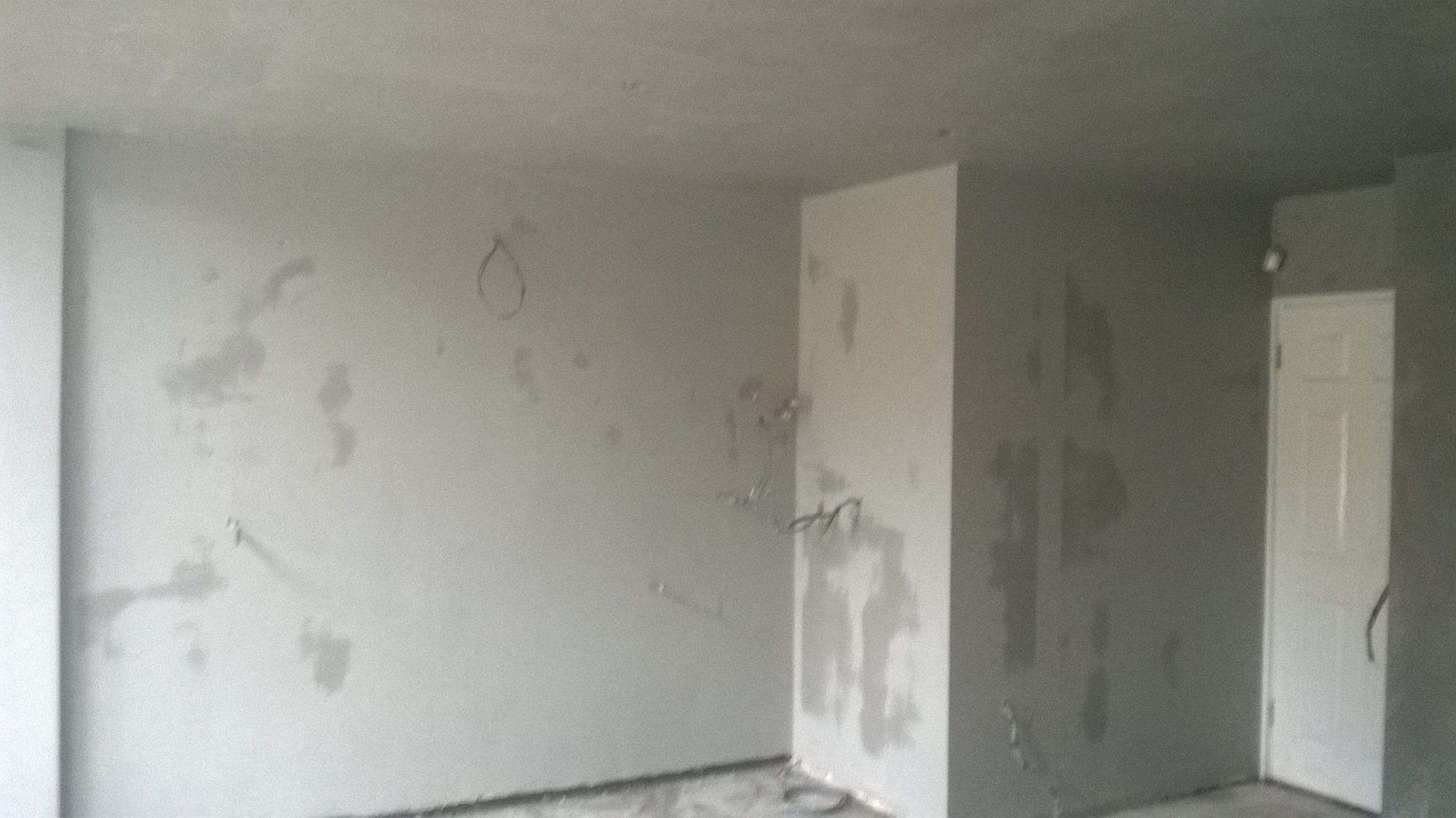====== Canal ======
Renovation of Old Canal Toll House in Kilcock Co. Kildare: A Historic Transformation
The picturesque village of Kilcock, nestled in the heart of County Kildare, Ireland, is home to a remarkable architectural gem that has recently undergone a stunning transformation. The Old Canal Toll House, a charming 19th-century building that once stood as a vital checkpoint along the Royal Canal, has been meticulously restored to its former glory, offering a glimpse into Ireland’s rich maritime heritage.
The Royal Canal, a marvel of engineering, was constructed in the early 1800s to connect the bustling city of Dublin to the River Shannon, facilitating the transportation of goods and passengers throughout the midlands of Ireland. Along its 146-kilometer stretch, a series of toll houses were established to collect tolls from passing vessels, generating revenue for the maintenance and upkeep of the canal.
The Old Canal Toll House in Kilcock, one of the few remaining toll houses along the Royal Canal, was built in 1834. Constructed from local limestone, the single-story building features a gabled roof, arched windows, and a simple, yet elegant, façade. Over the years, the toll house served as both a residence for the toll collector and a collection point for tolls. However, with the decline of inland waterways in the late 19th and early 20th centuries, the toll house fell into disuse and eventually became derelict.
In recent years, there has been a growing appreciation for the historical and architectural significance of Ireland’s inland waterways, including the Royal Canal. Recognizing the importance of preserving this piece of Ireland’s heritage, Kildare County Council, in partnership with the Heritage Council of Ireland, embarked on an ambitious project to restore the Old Canal Toll House to its former glory.
The restoration process, which took several years to complete, involved extensive research and meticulous attention to detail. The original stonework was carefully repaired, the arched windows were replaced with replicas of the originals, and the roof was re-thatched using traditional techniques. The interior of the toll house was transformed into a welcoming and informative visitor center, complete with exhibits on the history of the Royal Canal and the role of the toll houses.
The restored Old Canal Toll House now stands as a testament to the enduring legacy of Ireland’s inland waterways. It serves as a valuable resource for those interested in the history and heritage of the Royal Canal, and offers visitors a unique glimpse into the lives of those who worked and traveled along this vital waterway.
The Importance of Preserving Ireland’s Inland Waterways
Ireland’s inland waterways, including the Royal Canal, played a crucial role in the country’s economic and social development. These waterways facilitated the transportation of goods and passengers, connecting remote areas with major cities and ports. They also provided a means of employment for boatmen, lock keepers, and other workers involved in the operation of the canals.
Today, Ireland’s inland waterways continue to offer a variety of recreational opportunities, including boating, fishing, and walking. They also contribute to the country’s tourism industry, attracting visitors from both home and abroad. Preserving and enhancing these waterways is essential for ensuring their continued enjoyment by future generations.
Conclusion
The restoration of the Old Canal Toll House in Kilcock is a shining example of how Ireland’s rich cultural and architectural heritage can be preserved and celebrated. This historic building now serves as a valuable resource for those interested in the history of the Royal Canal and offers visitors a unique glimpse into the lives of those who worked and traveled along this vital waterway.
Secondary Keywords:
Canal, Royal Canal, Toll House, Kilcock, Restoration, Heritage, Tourism, Inland Waterways, Transportation, History, Culture


Recent Comments